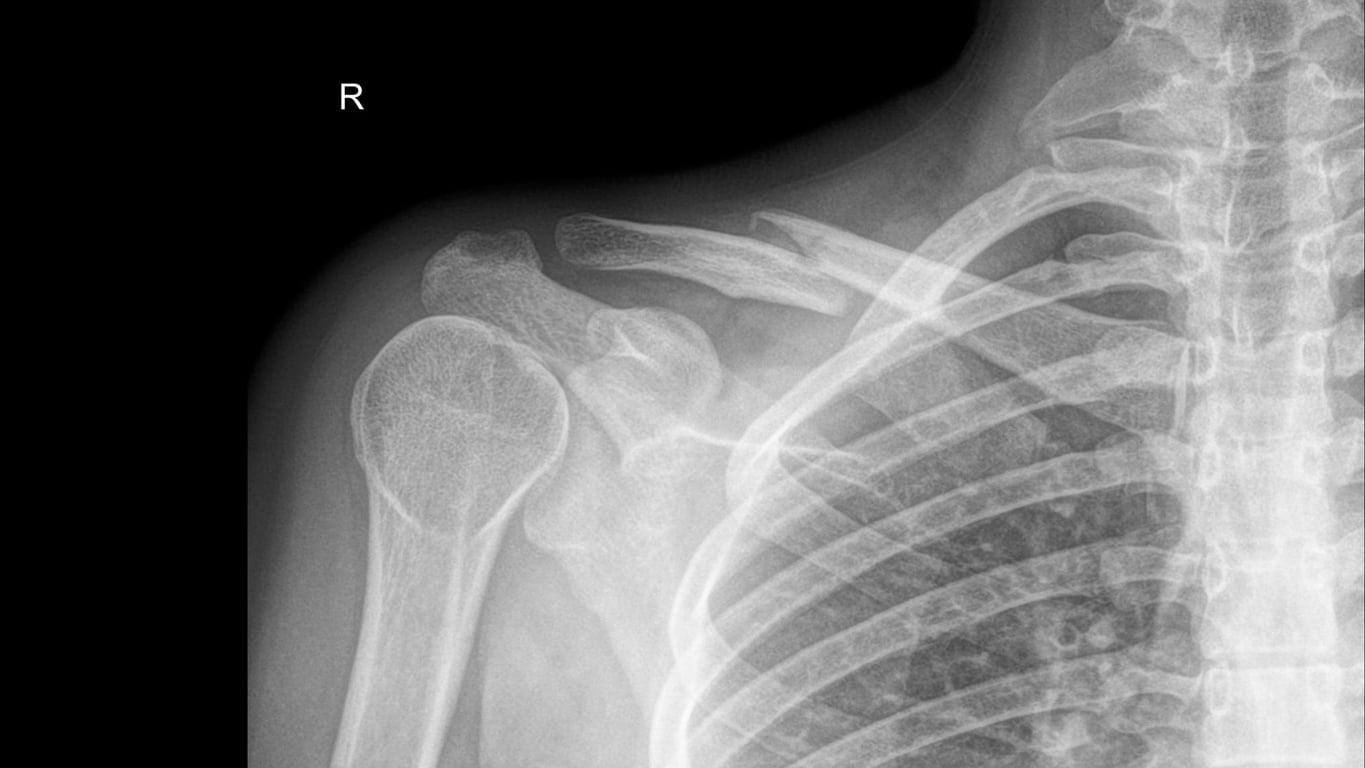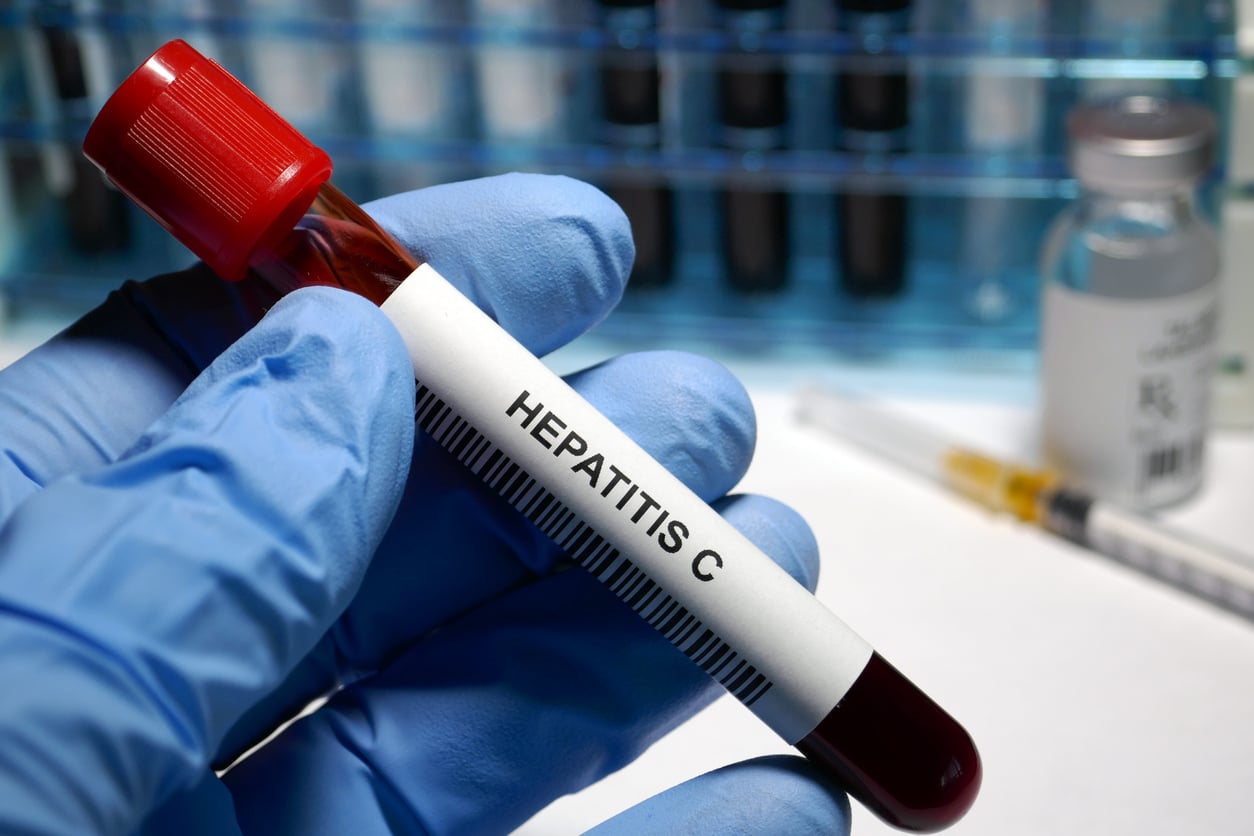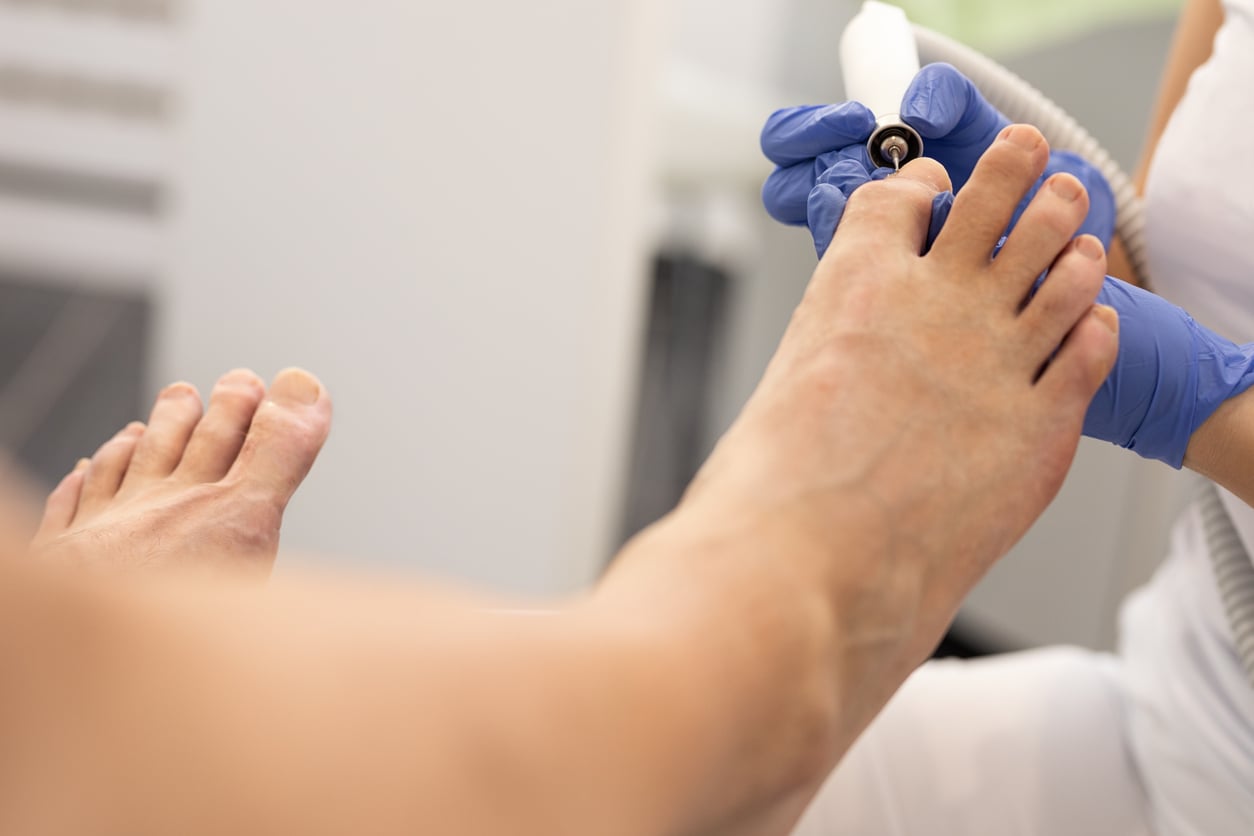Common Causes of Shoulder Pain
If you are experiencing pain in your shoulder, you are not alone. In fact, shoulder pain is one of the most common types of pain that people experience. There are many different causes of shoulder pain, and it can be difficult to determine the root cause without the help of a professional. In this blog post, we will discuss some of the most common causes of shoulder pain.
Bursitis
Bursitis is one of the most common causes of shoulder pain. It occurs when the bursa, a small sac of fluid that cushions the joints, becomes inflamed. Bursitis can be caused by overuse, repetitive motions, or direct trauma to the joint. The condition is often seen in athletes, factory workers, and other people who use their shoulders extensively. Symptoms of bursitis include pain, stiffness, and swelling in the shoulder joint. The pain may worsen with movement or pressure on the joint. Bursitis can be treated with rest, ice, and NSAIDs. In severe cases, steroid injections or surgery may be necessary.

Dislocated Shoulder
Dislocated shoulder is a very common cause of shoulder pain. It happens when the bone of the upper arm is forced out of its socket in the shoulder blade. A dislocated shoulder can be very painful and may make it difficult to move your arm. Sometimes, the bone may pop back into place on its own. Other times, you may need to see a doctor to put it back in place. A dislocated shoulder can occur due to a fall, a direct blow to the shoulder, or a sudden pull on the arm.
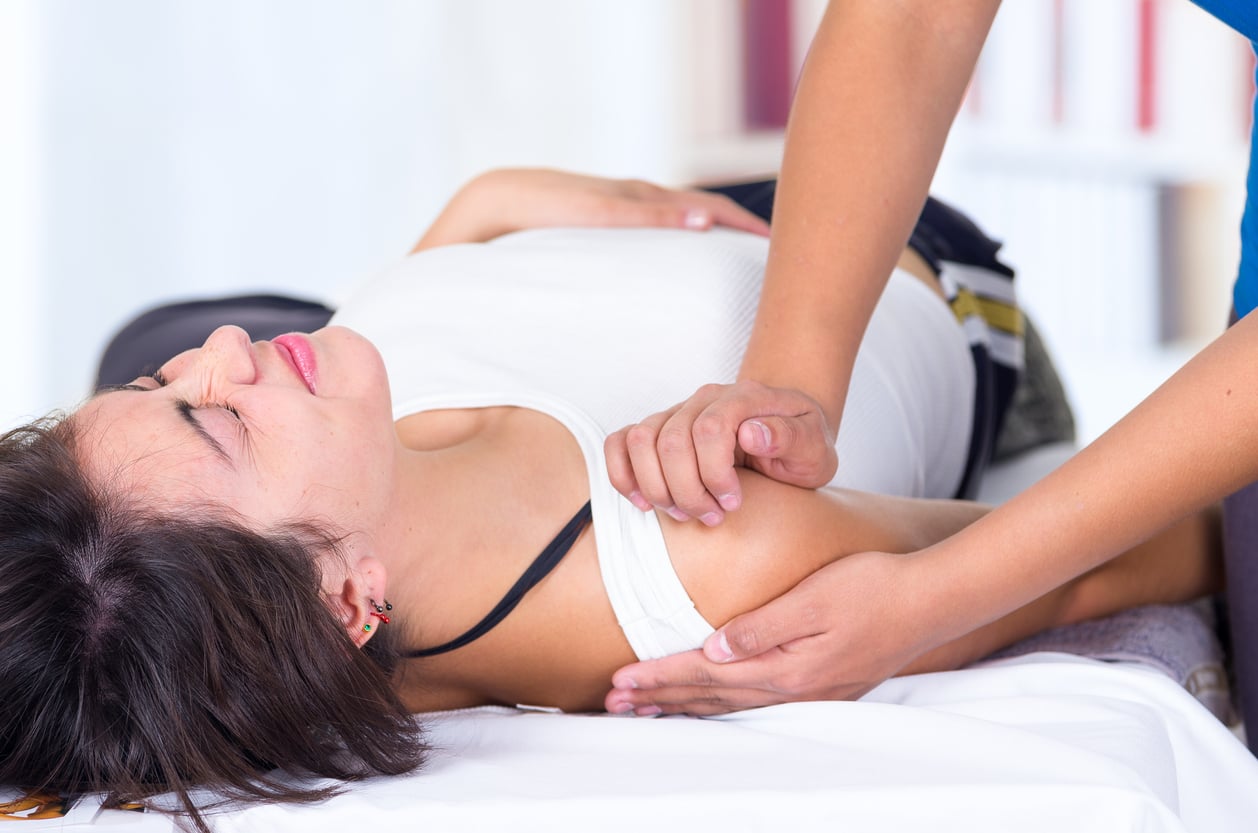
Tendon Tears
The shoulder is a complex joint that is supported by a network of muscles, ligaments, and tendons. Over time, these structures can weaken or become damaged, leading to a tear. Tendon tears are often the result of repetitive stress or an injury, and they can occur in any of the shoulder's four tendons. Symptoms include pain, swelling, bruising, and difficulty moving the arm. Treatment typically involves rest, ice, and physical therapy. In severe cases, surgery may be necessary to repair the tendon.
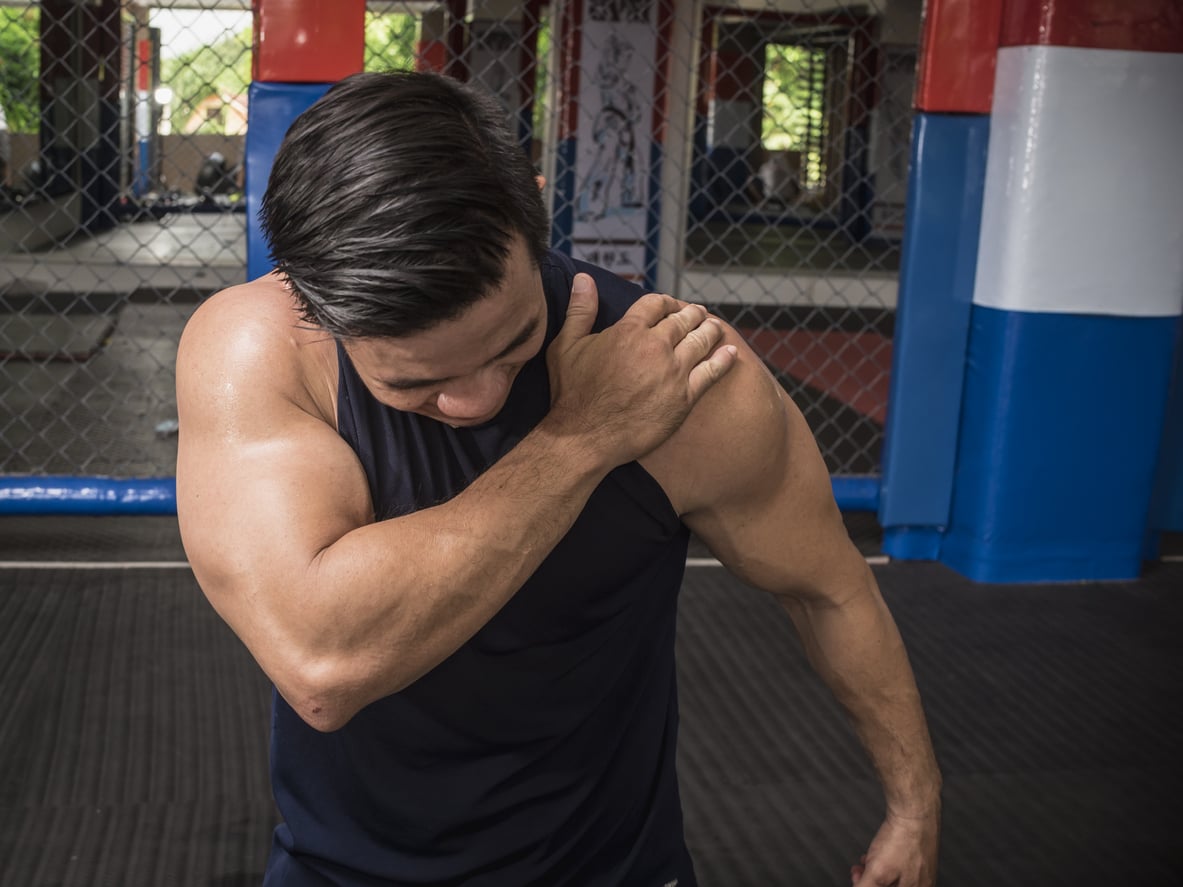
Shoulder Fracture
A shoulder fracture is a break in one or more of the bone in the shoulder joint. The shoulder joint is made up of the humerus (upper arm bone), clavicle (collarbone) and scapula (shoulder blade). A fall onto an outstretched arm, direct hit to the shoulder or severe twisting injury can cause a shoulder fracture. Symptoms of a shoulder fracture include pain, swelling and bruising around the shoulder. The arm may hang limply at the side or be difficult to move. A healthcare professional will need to take an X-ray to confirm the diagnosis. Treatment for a shoulder fracture often involves wearing a sling to keep the arm still while it heals. In some cases, surgery may be needed to put the broken bones back into place.
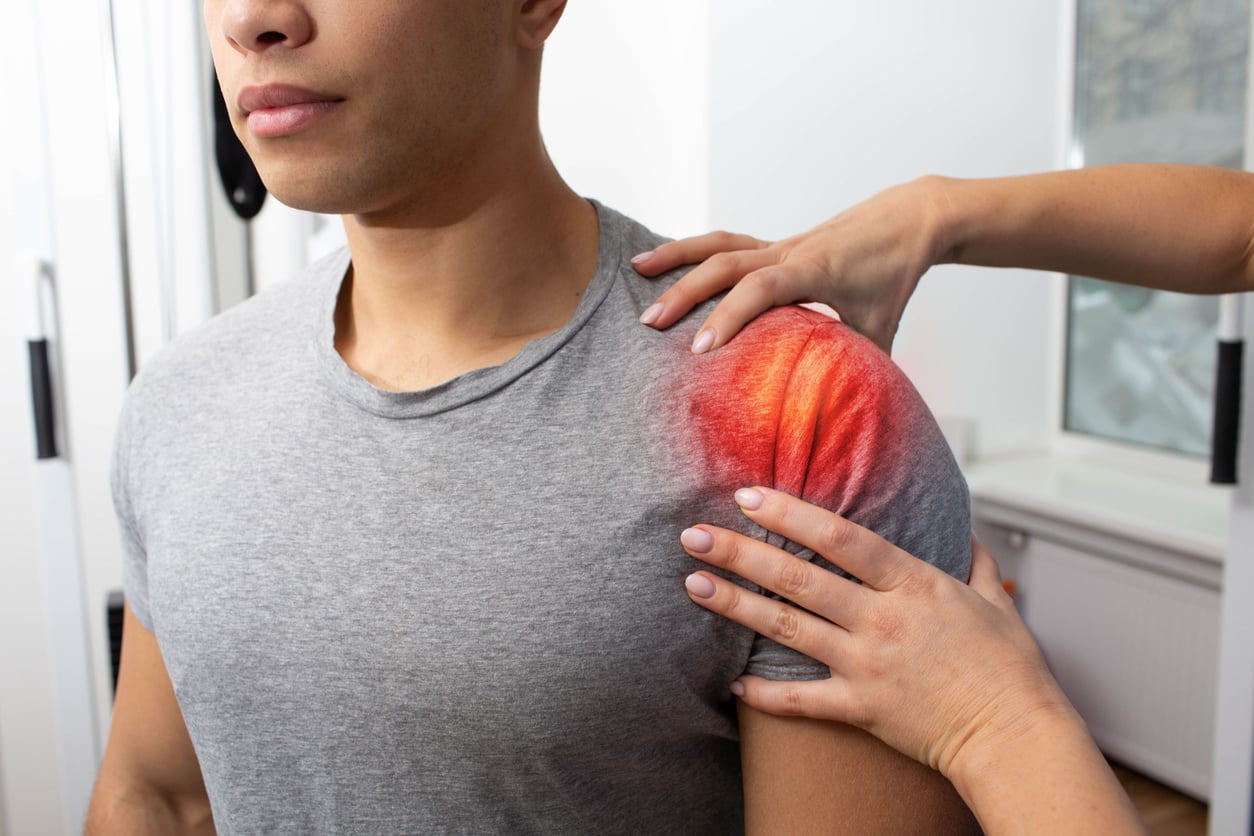
Arthritis
The shoulder joint is a ball-and-socket joint that is designed for a wide range of motion. However, the joint can be damaged by arthritis, which can lead to pain and stiffness. There are two main types of arthritis that can affect the shoulder: osteoarthritis and rheumatoid arthritis. Osteoarthritis is a degenerative disease that occurs when the cartilage that cushions the joint breaks down. Rheumatoid arthritis is an autoimmune disease that causes inflammation of the joint lining. Both types of arthritis can cause pain, stiffness, and loss of motion in the shoulder. Treatment for arthritis includes exercise, weight loss, medications, and surgery.
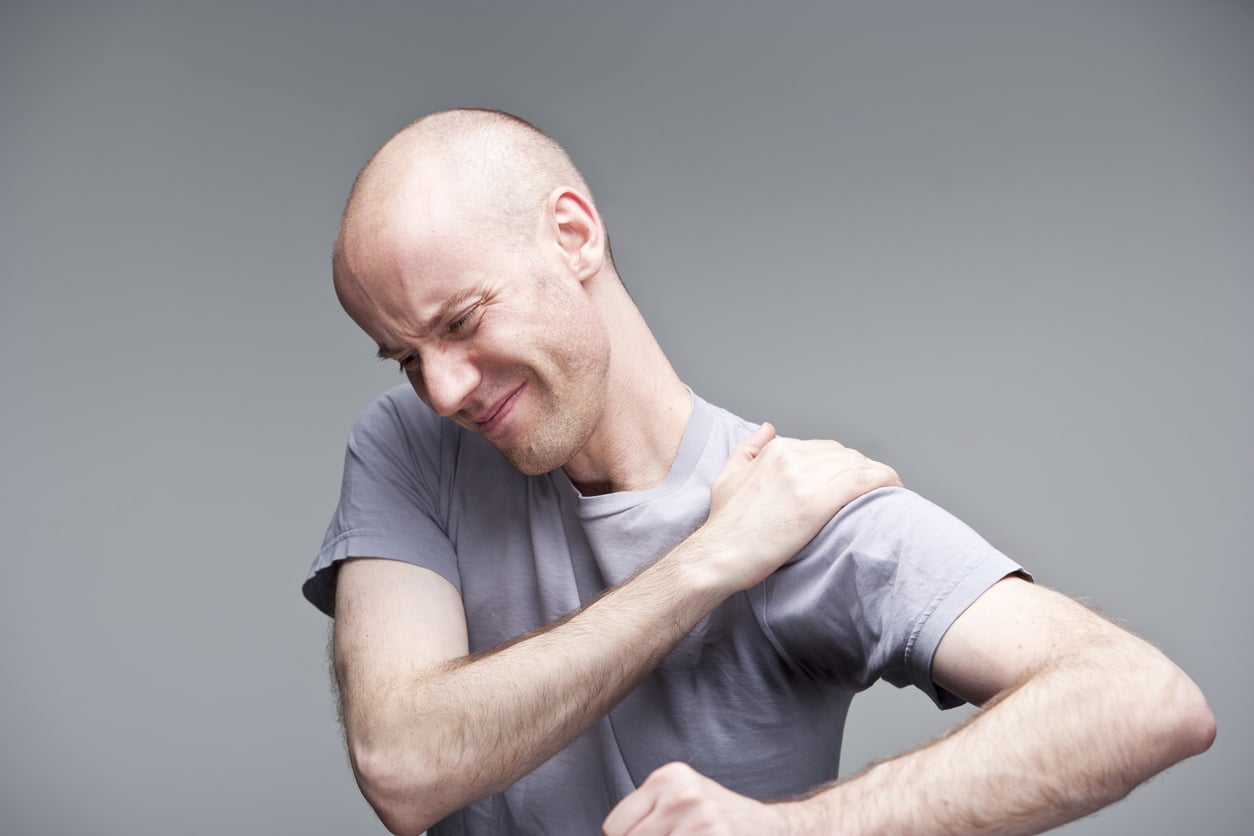
Frozen Shoulder
Frozen shoulder, or adhesive capsulitis, is a condition characterized by stiffness and pain in the shoulder joint. The condition is often the result of an injury or overuse, and it can make it difficult to perform everyday activities such as reaching overhead or brushing your hair. The good news is that frozen shoulder is treatable, and with the right care, most people can regain full range of motion in the affected joint. The first step in treatment is to rest the shoulder and avoid any activities that cause pain. You may also need to ice the area several times a day to reduce inflammation. Physical therapy is another common treatment for frozen shoulder, and it can help to stretch and strengthen the muscles around the joint.
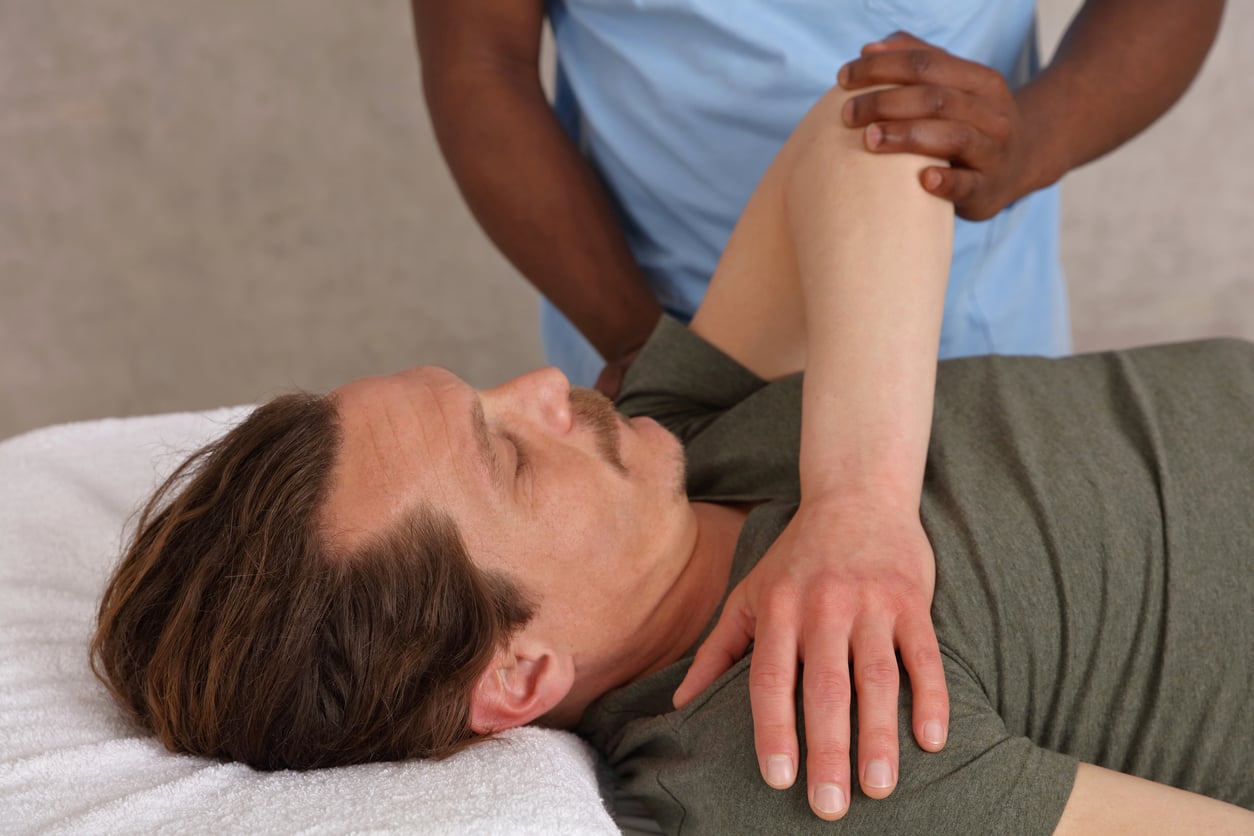
Impingement
It occurs when the tendons of the rotator cuff muscles become irritated or inflamed. The rotator cuff muscles attach the shoulder blade to the upper arm bone. They help lift the arm. The tendons of the rotator cuff muscles pass through a small space in the shoulder called the subacromial space. Impingement syndrome occurs when this space becomes too narrow and the tendons are unable to move freely. This can happen due to a rotator cuff injury, arthritis, or wear and tear from overuse.
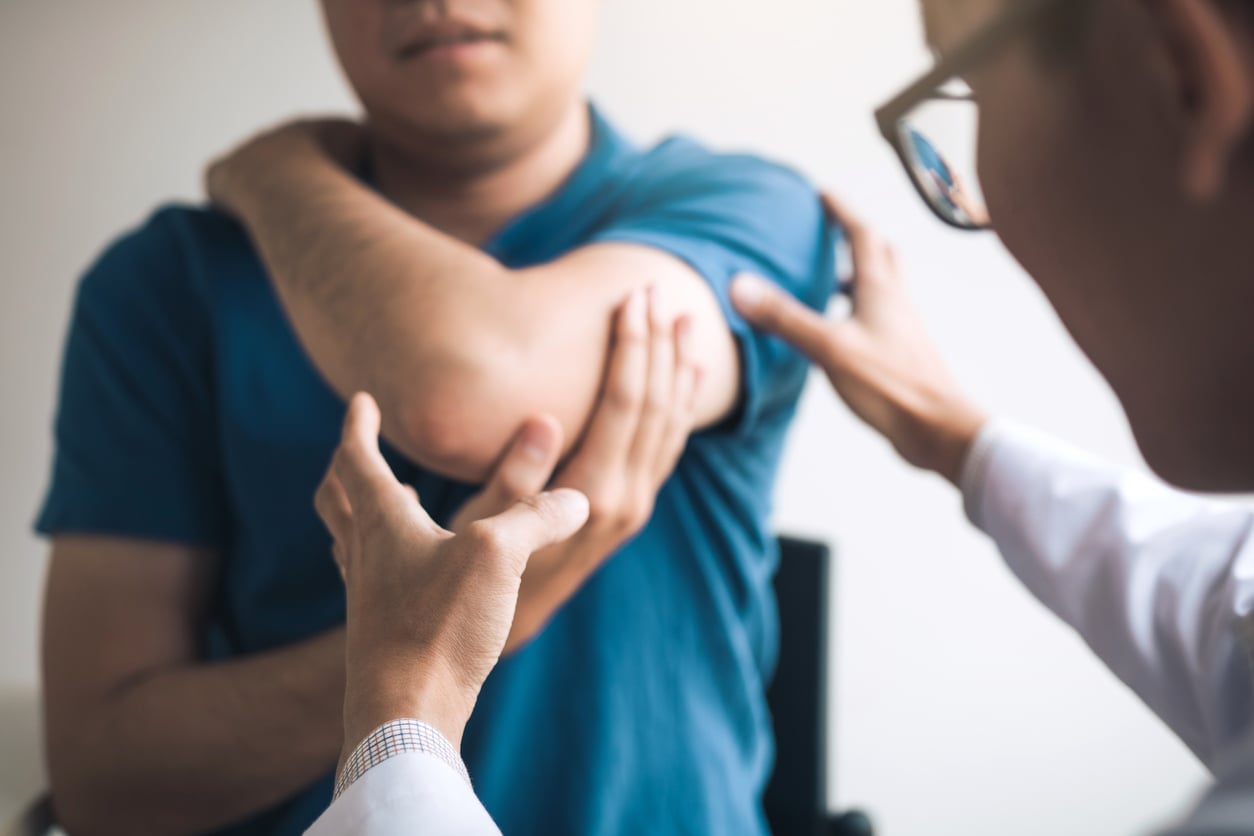
Winged Scapula
This condition occurs when the shoulder blade protrudes from the back and sticks out at an abnormal angle. This can be caused by a number of factors, including muscle weakness, poor posture, or an injury. Symptoms of winged scapula include pain and tenderness in the shoulder, as well as difficulty moving the arm. Although winged scapula is not necessarily a serious condition, it can be very painful and debilitating. Treatment typically involves physical therapy and exercises to strengthen the muscles around the shoulder blade. In some cases, surgery may be necessary to correct the problem.
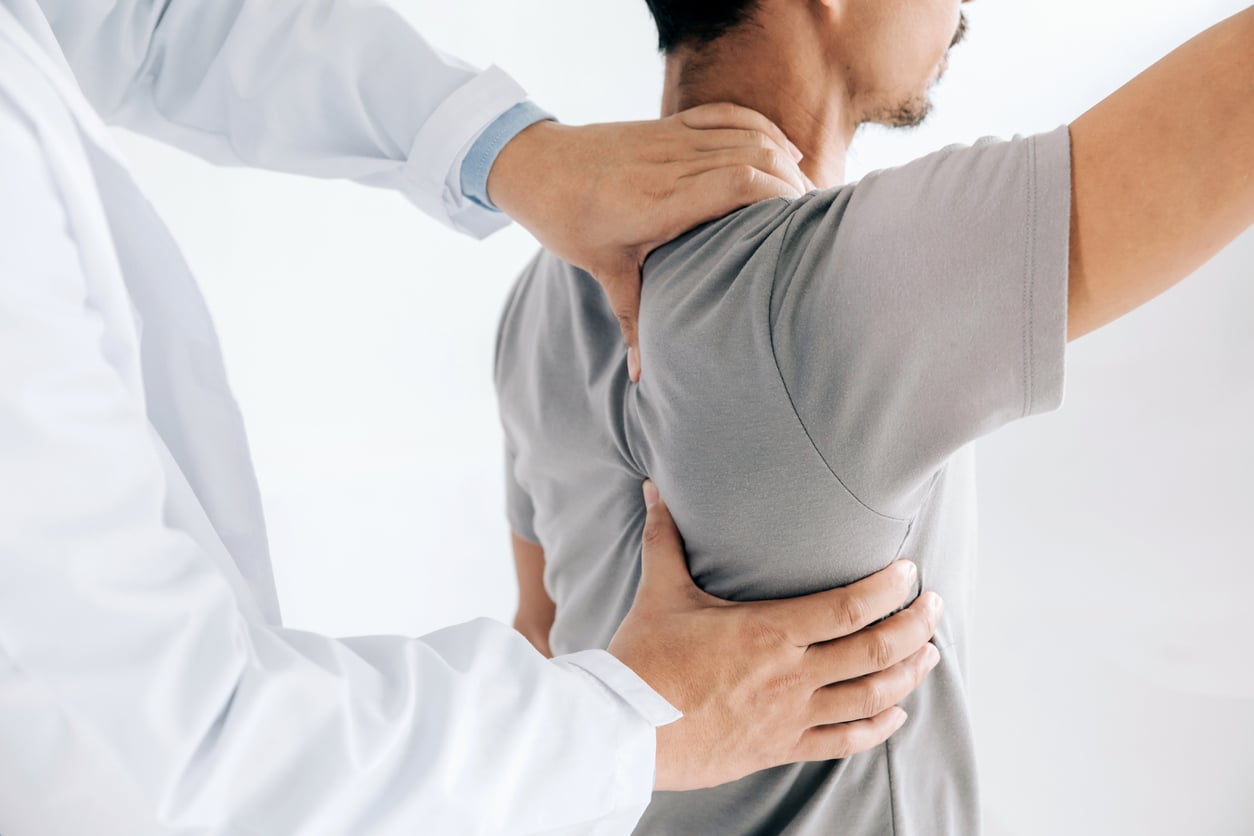
Brachial Plexus Injury
Brachial plexus is a group of nerves that send signals from your spine to your shoulder, arm, and hand. These nerves allow you to move your arm and feel sensation in your hand. A brachial plexus injury occurs when these nerves are stretched, compressed, or torn. This type of injury is most commonly seen in infants who experience birth trauma during delivery, but it can also occur in adults as the result of a traumatic accident.
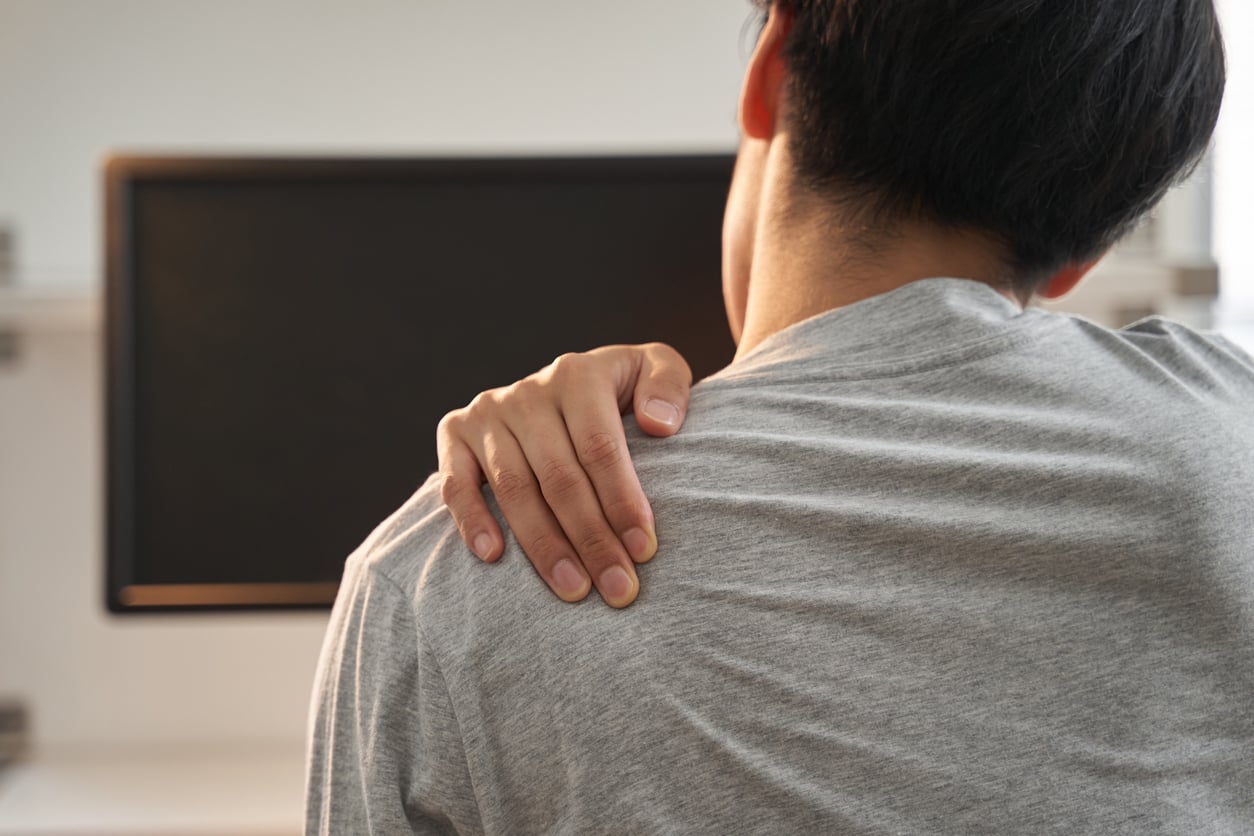
Broken Collarbone
The collarbone, or clavicle, is the bone that runs between the shoulder and the sternum. It helps to support the weight of the arm and allows for a wide range of motion. However, because it is located just under the skin, it is susceptible to fractures. A broken collarbone can occur as a result of a fall, direct blow, or car accident.
